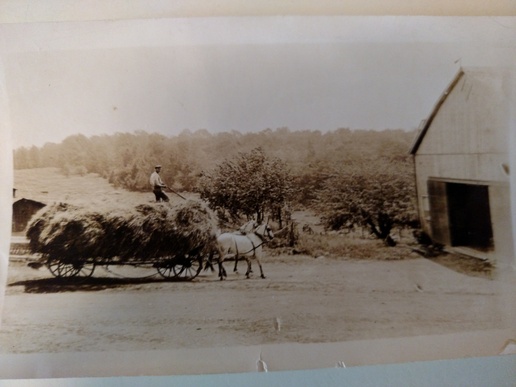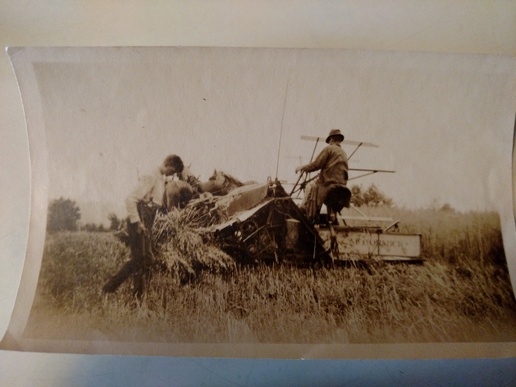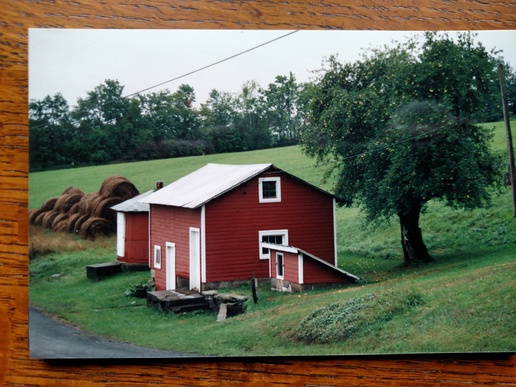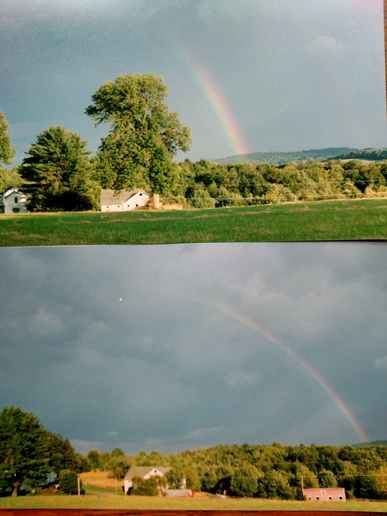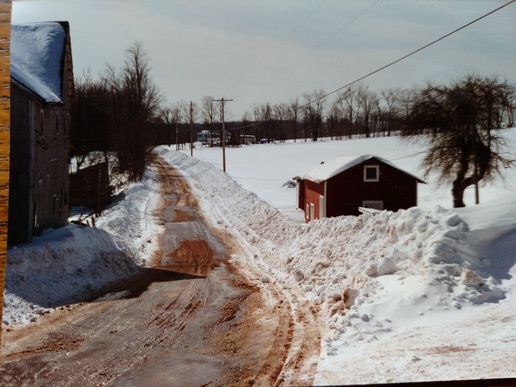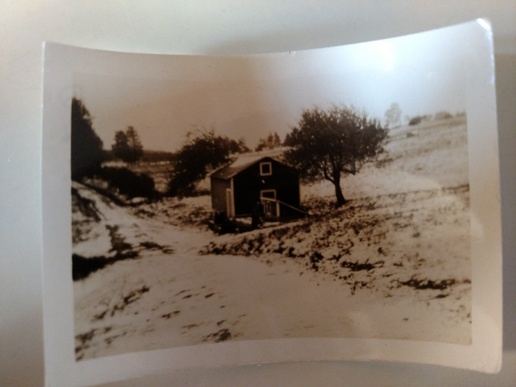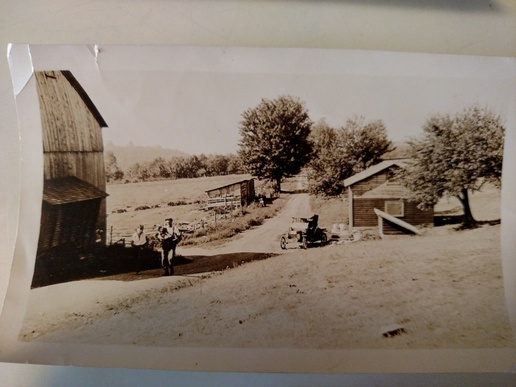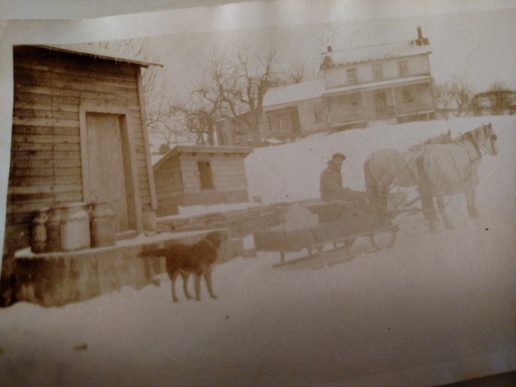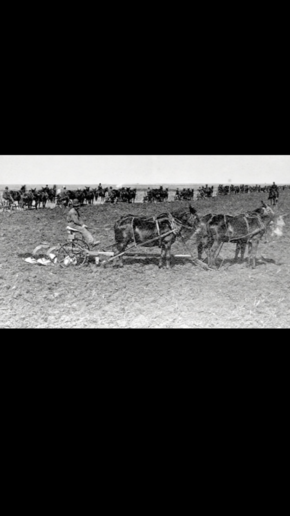How big of farm did you have to have to buy a Waterloo boy
or a titan or a cross motor ? Grandpa was born in 1913 and
he never have a tractor until he was married and was farming
on his own it was a McCormick not sure the model thankfully
he finally came to his senses and I dont have to farm with red
tractors but thats not the question .
or a titan or a cross motor ? Grandpa was born in 1913 and
he never have a tractor until he was married and was farming
on his own it was a McCormick not sure the model thankfully
he finally came to his senses and I dont have to farm with red
tractors but thats not the question .


